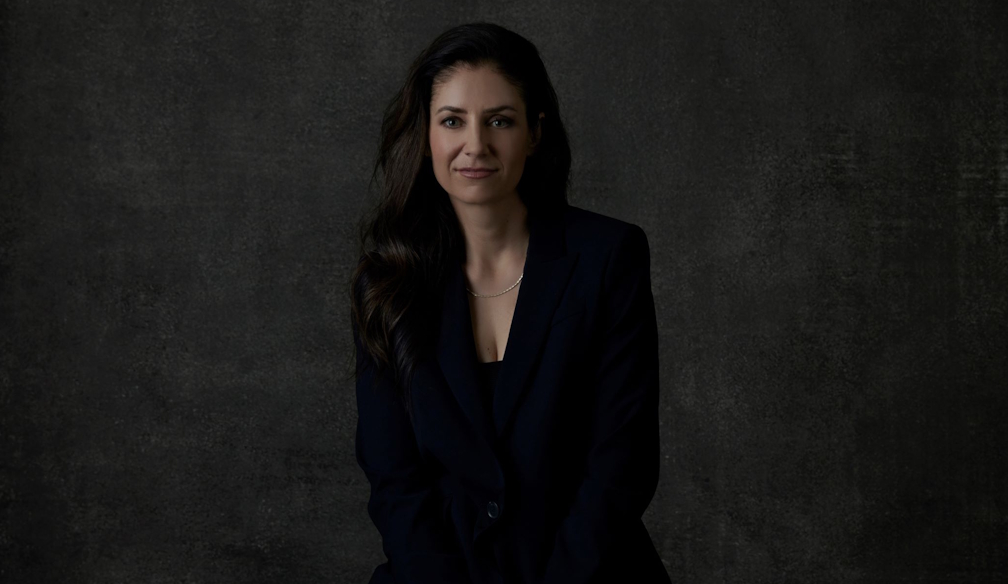How to Write the Perfect Executive Assistant Job Description (And Attract the Right Talent)

When it comes to hiring the right executive assistant, your job description can make or break the process. Think of it as your first impression—not just for your company, but for the high-level professionals you want to bring on board. In the world of executive assistant recruiting, every detail counts.
With millions of job seekers browsing listings every month, a well-written job description doesn’t just inform—it attracts. And if you're recruiting for a position as important as an executive assistant (EA), clarity, detail, and tone matter more than ever.
Here’s how to craft an EA job description that actually works.
Start with the Right Job Title
A job title should be clear, specific, and easy to search. "Executive Assistant to the CEO" is much more effective than something vague like “Administrative Partner.” Avoid using acronyms, internal lingo, or abbreviations that may confuse candidates. Make it easy for the right people to find your role and immediately understand the level of responsibility involved.
Craft a Strong Job Summary
This is where you set the stage. A concise, engaging job summary tells potential applicants what they’ll be doing and why it matters. Think of it as your elevator pitch: What role will this person play in your company’s success? What kind of executive will they support? Mention the key responsibilities and how this position fits into the bigger picture.
List Duties and Responsibilities Clearly
Be specific about what the job actually entails. A well-outlined list of responsibilities helps applicants understand what to expect and self-assess their fit. Here are some typical tasks for an EA:
- Manage executive calendars, emails, and communications
- Coordinate meetings, travel, and event logistics
- Prepare reports, internal documents, and external presentations
- Maintain confidentiality and professionalism at all times
- Act as a point of contact between leadership and staff or clients
- Support with project management and tracking business goals
This section is your chance to show what life in the role will really look like—so keep it realistic and relevant.
Outline Key Qualifications and Skills
Don’t overload this part with a laundry list. Instead, focus on the must-haves. What experience does someone really need to succeed in this role? Highlight both hard and soft skills, such as:
- Excellent communication and organizational abilities
- Familiarity with tools like Microsoft Office, Zoom, Google Workspace, or project management software
- Discretion, adaptability, and proactive problem-solving
- Previous EA experience or background in a similar high-responsibility role
If certifications or a certain level of education are important, list them—but remember, many great EAs have worked their way up through experience rather than degrees.
Be Transparent About Experience Levels
Be honest about what you're looking for. If you need someone with 3–5 years of experience in a high-level support role or in your specific industry, say so. This helps applicants evaluate whether they’re a good match and saves time on both ends.
Sell Your Company and Culture
Today’s job seekers want more than a paycheck—they want to know who they’re working for. Include a short, friendly summary of your company’s mission, values, and work environment. Are you a startup with a flexible culture? A global corporation with exciting growth opportunities?
And don’t forget to mention the perks. Things like:
- Competitive salary ranges
- Paid time off and holiday packages
- Health benefits and retirement plans
- Bonuses, wellness programs, or hybrid work setups
These details help your listing stand out—and signal that you’re serious about attracting top talent.
Final Thoughts
Being an executive assistant is no ordinary admin job—it’s a dynamic, fast-paced role that requires emotional intelligence, tech savviness, and serious time-management skills. Since the role shifts constantly depending on the day and the executive’s priorities, your job description needs to reflect that level of responsibility and versatility.
If you’re looking to recruit the best of the best, your job post should do more than check boxes—it should speak directly to the capable, driven individuals who are ready to elevate your leadership team.









